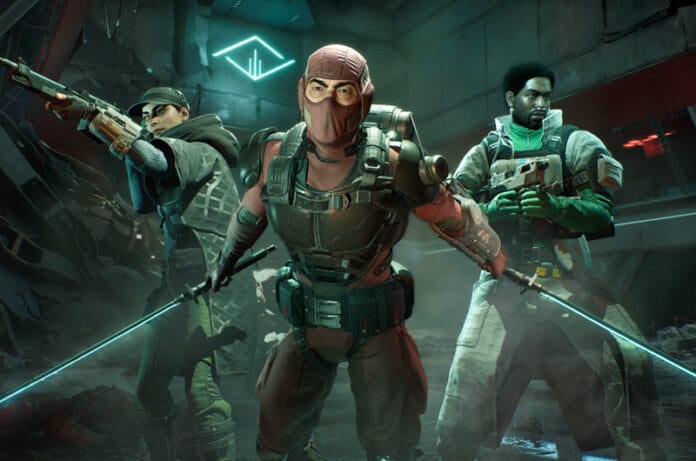Are you crazy about an intense co-op action/horror online game? If yes, then Killing Floor 3 has just been released on PC, PS5, and Xbox Series X|S. Like any other modern online game, Killing Floor 3 is also not free from several bugs and issues. One of the common issues reported by a lot of players is lagging, stuttering, and low FPS issues. Such issues are frustrating as the game becomes unplayable, especially in fast-paced situations while playing the game. Thankfully, these issues can be fixed, and here we have provided a comprehensive guide to resolve these annoying problems.
Fixing Lagging, Stuttering, and Low FPS Issues in Killing Floor 3
There are several potential workarounds you can try to fix lagging, stuttering, and low FPS issues in Killing Floor 3. In this guide, we have covered all of them.
1. Turn Off Lumen
One of the first solutions shared by a few players is to turn off Lumen. If you have no idea about it, Lumen is UE5’s real-time global illumination and reflections system. Although Lumen looks great, it is optimized poorly for most PCs in this game. So, try turning it off to fix the issues. Here is how you can disable it.
- Go to in-game Settings >> Graphics
- Find out the Global Illumination or Lumen option
- Change it from Lumen to None
- Once done, apply the changes and relaunch the game.
2. Set Shadows to Low
If the above method doesn’t work, don’t worry, and try setting the Shadows settings to low. Players say that this method will reduce the load on the game without affecting visual quality. Many players suggest that 20 FPS can be gained just by lowering shadows, especially in combination with Lumen off. Follow the steps below to do this:
- Go to in-game Settings >> Graphics
- Find the Shadow Quality setting
- Set it to Low
- Once done, apply the change by saving and then relaunching the game.
3. Enable DLSS
The next solution shared by a few other players is to enable DLSS (Deep Learning Super Sampling). It uses AI to render frames at a lower resolution and upscale them, giving better FPS without a major visual downgrade. Here is how you can do it:
- Go to In-game Settings >> Graphics or Video
- Find the Upscaling Method or DLSS option
- Enable it and select a mode:
- Performance: Best for low FPS systems
- Balanced: Good middle ground
- Quality: Best visuals with decent FPS gain
- At last, save the changes and relaunch the game.
Players who have mid-range GPUs like RTX 3060 noticed a smooth 60–100 FPS with DLSS + Lumen off.
4. Close Any Unnecessary Background Applications
While playing any intense online game, it is always recommended to close any background applications that are running unnecessarily. This action will help to free up system resources and reduce the load on your CPU and RAM.
5. Use Medium or High Settings Instead of All-Low
You will be surprised to know that if you set everything Low, it will not improve the overall gaming performance, especially for those games that are designed with Unreal Engine 5. So, it is advisable to use medium or high settings instead of all-low. Below are the recommended settings by some players.
- Keep Lumen Off and Shadows Low
- Set the following to Medium or High: Textures, Effects, Post Processing
- Keep Foliage Quality at Low or Medium
- Once done, save the Settings and relaunch the game.
That’s all for this guide on how to fix Killing Floor 3 lagging, stuttering, and low FPS issues. Try applying all of the above-mentioned steps one by one and see which solution works to fix the problems.

